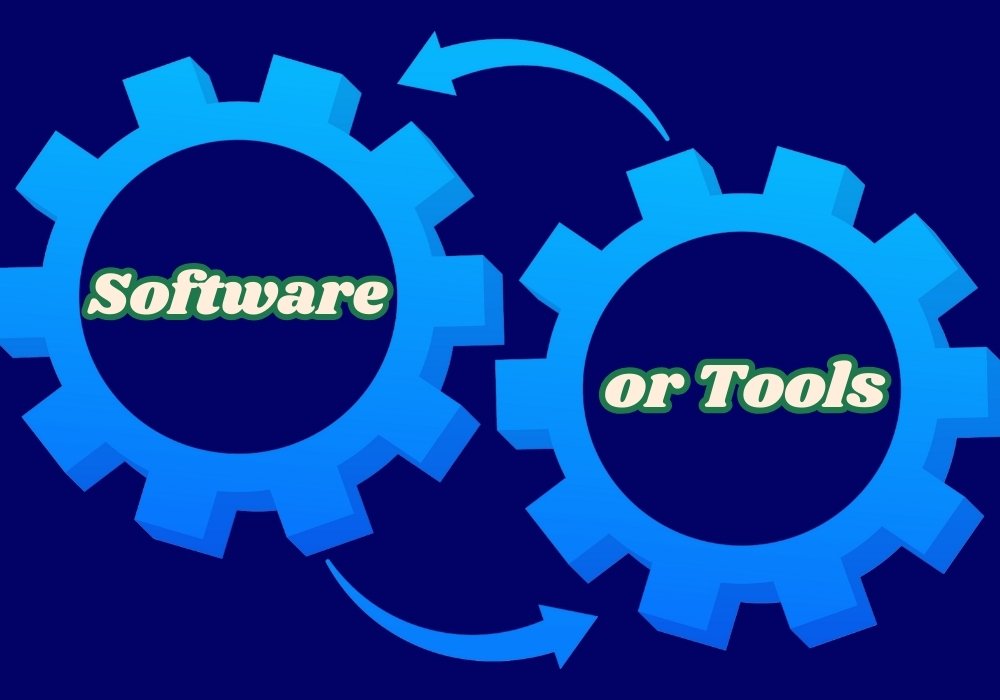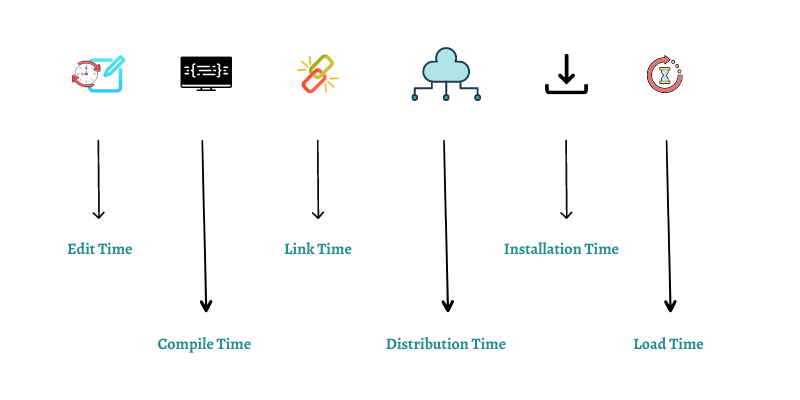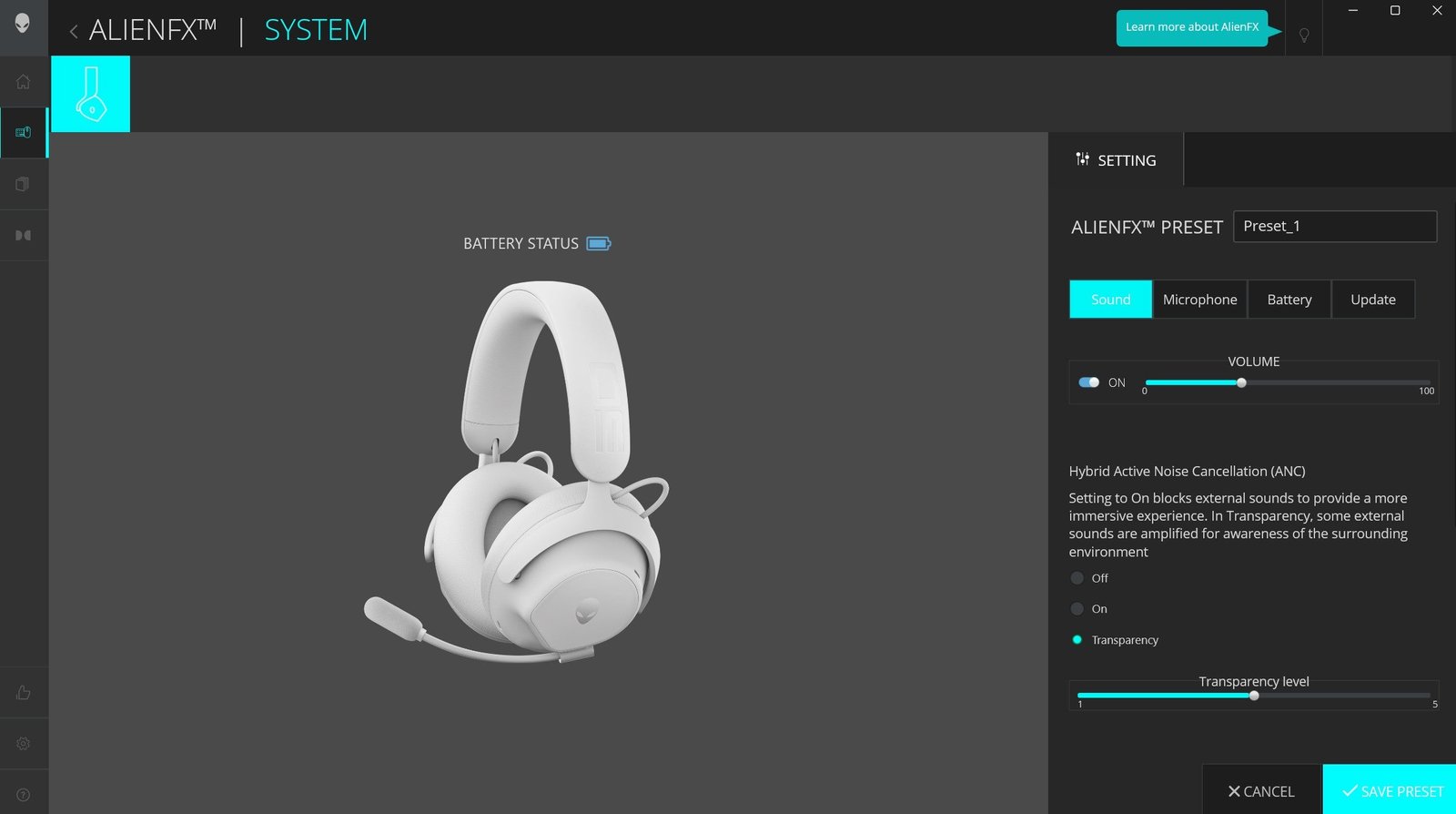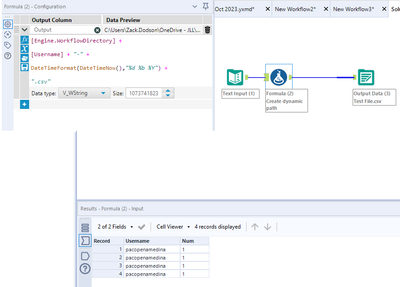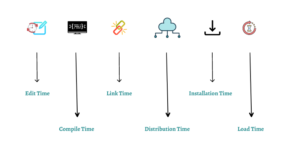Understanding the Landscape of Software Review Platforms
The growing reliance on software solutions across various industries has led to the emergence of numerous platforms dedicated to software and tool reviews. These platforms serve as invaluable resources for individuals and organizations seeking insights into the available tools to enhance productivity and efficiency. They can be categorized based on their key features, focusing on aspects such as user-generated content, expert analyses, and comparison statistics.
User-generated content is one of the most significant features of many review platforms. It allows actual users of the software to share their experiences, providing potential customers with authentic insights into the advantages and drawbacks of a particular tool. This peer feedback often carries more weight than promotional materials provided by the software vendors themselves, as users tend to value the perspectives of their peers over traditional advertising.
In addition, expert analyses contribute to the credibility of these review platforms. Independent reviewers often evaluate software based on a set of predefined criteria, offering detailed insights that assist users in understanding the nuances of each tool. Their professional assessments help users discern which software might best meet specific needs.
Comparison statistics also play a vital role in the decision-making process. Many platforms provide side-by-side comparisons of various tools, highlighting feature sets, pricing structures, and performance metrics. These comparative insights enable potential users to make informed decisions based on their unique requirements.
Moreover, the significance of user reviews and ratings cannot be overstated. They help prospective buyers gauge the overall satisfaction associated with software products, influencing their choices considerably. Different industries, from healthcare to finance, may necessitate tailored insights to address specific regulatory or operational concerns, making it essential for review platforms to cater to industry-specific needs.
Overall, navigating the landscape of software review platforms requires an understanding of these diverse features. By leveraging user feedback, expert opinions, and comparison tools, individuals can make well-informed decisions regarding software solutions that align with their objectives.
Maximizing Insights: How to Use Comparisons for Decision Making
When navigating the vast landscape of software and tools, effective comparisons are crucial in aiding decision-making processes. Readers can capitalize on the insights offered by review platforms by employing strategic approaches to evaluate their options. The first step involves identifying specific needs and industry demands. For instance, organizations should outline core functionalities that are essential for their operations. This allows for targeted comparisons, ensuring that the selected tools align seamlessly with business objectives.
Next, it is important to interpret the information presented on review platforms critically. Not all reviews will reflect the user’s needs or circumstances, so discerning the relevance of each review is paramount. By focusing on identified needs, users can filter through various options, honing in on the software or tools that provide the best fit. Comparisons of key features should be prioritized; users need to compile lists of essential tools that highlight critical functionalities versus those that are merely nice-to-have.
Furthermore, examining the pros and cons of different software plays a significant role in the evaluation process. Understanding the benefits of a particular tool, as well as its limitations, equips users with a well-rounded perspective, enabling them to make informed choices. Additionally, analyzing value for money is vital in the comparison process. Users should assess whether the price of the software correlates with its performance and features relative to competitors.
Examples often clarify concepts more effectively than theory alone. A case study illustrating a company that successfully utilized comparisons to select software can exemplify this process. For instance, a firm may have benefitted from deploying a specific project management tool by comparing options based on user reviews and feature analysis against their immediate needs, resulting in enhanced productivity. By employing these strategies, readers can enhance their decision-making process effectively.
